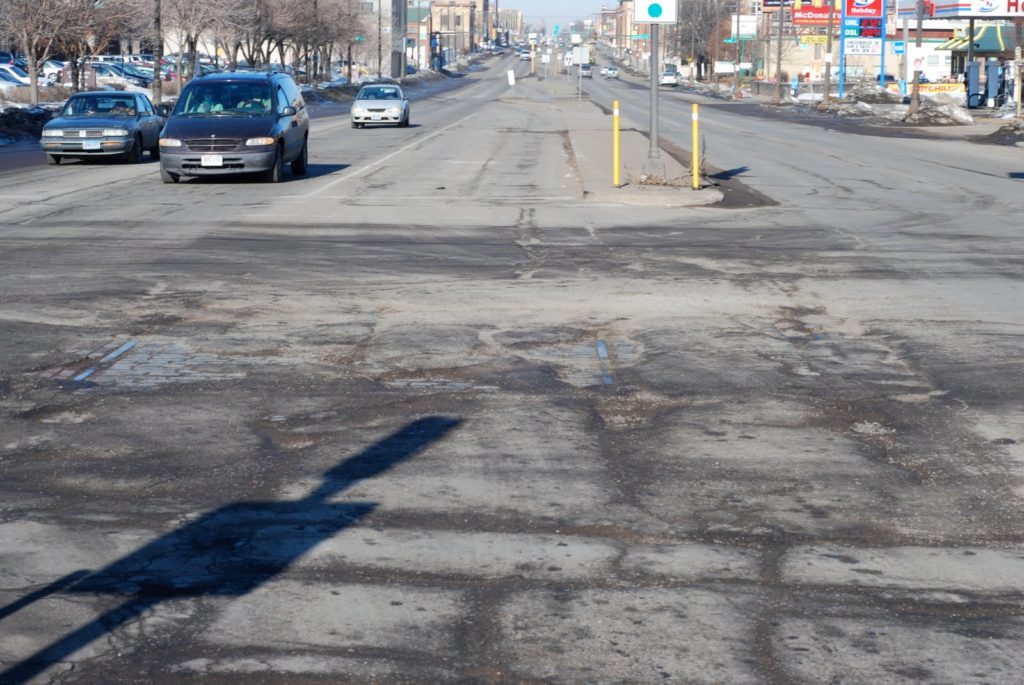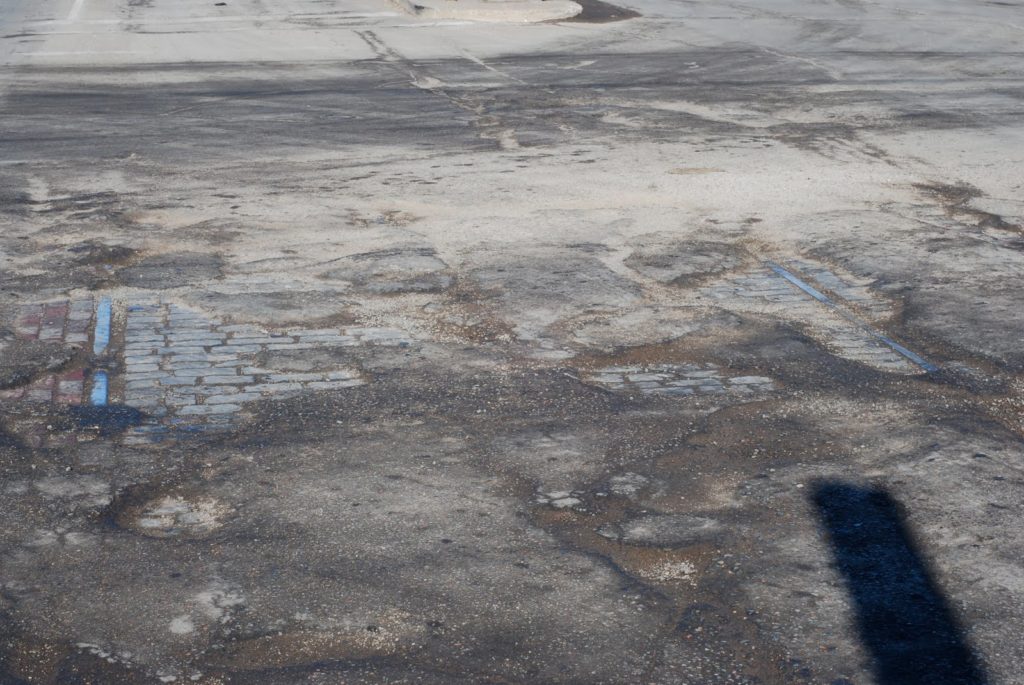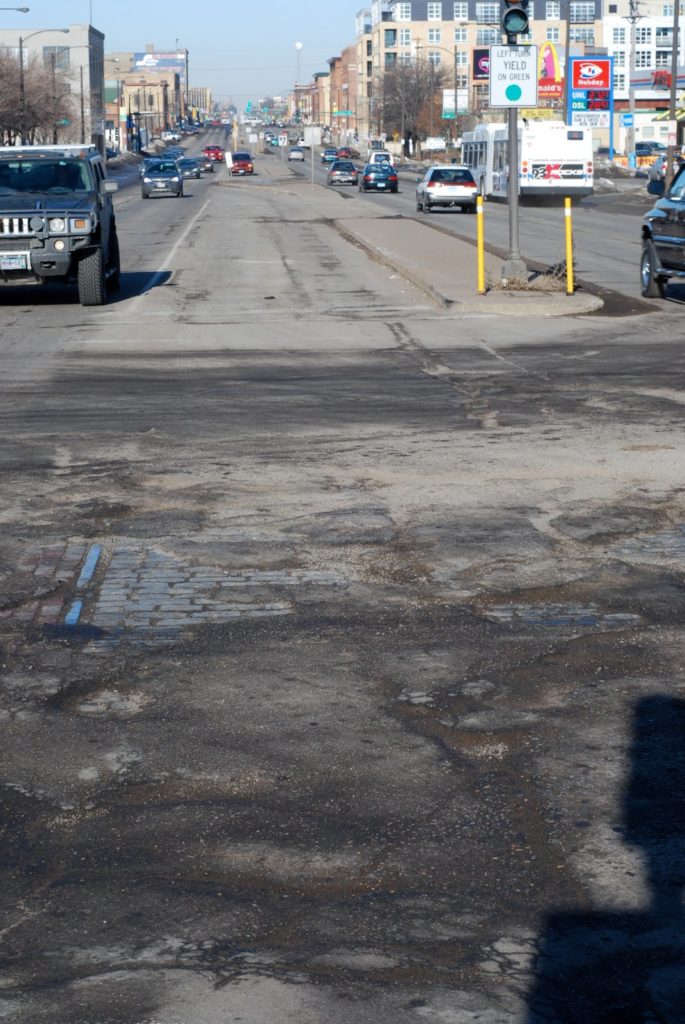Ten years ago, I arrived in Saint Paul, Minnesota as a (n extremely awkward 18-year old) first-year college student at Macalester College. Recently the college tweeted that new students could follow the campus life account and hash tag to stay abreast of move-in information. This made me feel old: when I moved in, we didn’t have hash tags. Or Twitter. Or Gmail. And forget about smart phones; many of us didn’t even have regular phones. And the Spotlight was an anticipated publication because it had everyone’s picture and phone number. In print form. Three years later, it would be fully supplanted by Facebook (which was based on a series of similar publications at Harvard).
Some things, however, have not changed. The 63 bus still bisects campus on Grand Avenue, and the 84 still runs north-south along Snelling Avenue. Even so, the public transport options from Macalester to the rest of the world (beyond the “bubble”) have changed in the past ten years, and are about to change exponentially. The two bus routes which serve campus will still follow their streetcar predecessors’ routes, but new rail lines will finally give them more flexibility and greatly enhance service.
Public transit lines can be very slow to change. They are rooted firmly in history; in most cities bus lines are based on streetcar lines built around 1900, and this entrenchment is not frequently updated to reflect more modern travel needs. For instance, the 63 bus runs west from Macalester and dead-ends at the University of Saint Thomas a mile to the west. This is the same route it’s run since 1890. (The only changes have been in headways, which have varied between 15 and 30 minutes over the last 10 years.) It connects there with one spur route of the 21, although it’s not timed, so except to get to Saint Thomas, there’s little reason to take the bus west. In 1900, the neighborhood was focused on Saint Paul, and ridership was mostly to downtown. Now, with Minneapolis a major draw, the bus provides very little connectivity to the west, instead dead-ending at an unheated bus shelter with a single transfer.
The 84 is slightly-more updated. By 2002, it had shed it’s streetcar-era jog up Pascal and moved to a full run on Snelling. (It also shed it’s Saint Paul-specific route number in 2000 or so, when the bi-city numbering scheme was integrated.) In 2000, it had several branches, and the airport branch was only served every hour-or-so, providing quick but infrequent access to MSP. (This was dramatically improved by 2002, when, during the heyday of Macalester-airport connectivity, there was an airport-bound bus twice an hour and the single-seat trip took under 30 minutes.) In 2004, when the Hiawatha Light Rail line opened, the route was changed to provide connections to the train and thence the airport, increasing travel times (especially with the moronic Montreal loop, which adds an out-of-the-way mile to the route with no appreciable gain) and no additional airport-bound headways, although the other half of the buses do connect to the airport-bound 54 bus which makes a tolerable airport connection every 15 minutes.
As much as that particular route has devolved, connectivity to the light rail and Minneapolis has improved for the 84. And with the new line on University finally being built, Saint Paul in general, and Macalester in particular, is going to reap dramatically improved transit access.
To the south, the 84 will see an increase from four to six buses per hour. The Montreal loop will be eliminated, shaving several minutes from the Snelling-Hiawatha trip. Headways on that branch will not be improved, however, so connections to the Hiawatha Line (Apparently, the Hiawatha Line is going to become the Blue Line, and the Central Corridor the Green Line. It’s probably good—unlike Hiawatha, “Central Corridor” is a pretty horrid name for a transit line, but I’m still not used to it.) will not be improved. This is too bad, and hopefully the short-turn trips at Ford Parkway could be extended across the river. Still, there is an improvement in frequency to Ford Parkway, and an improvement in time to 46th Street, both of which are gains. (In comparison, when the Hiawatha Line opened, there was no improvement in headways coupled with a loss in travel time.)
To the north, the 84 will serve its current route, but do so 50% more often. In addition, at some point it might become a “rapid bus” service and eliminate many single-patron stops, speeding the route mightily.
To the east there will be no net improvement in weekday headways, although the renewed emphasis on the 63 bus will likely mean less of a likelihood of headway reductions in the near future. (In 2001, headways were 15 minutes on the route west of Downtown, in 2003 they were expanded to Sunray, in 2005 they were reduced to 30 minutes West of Downtown and in 2009 they were finally made 20 minutes on both sides of the route.) And the weekend headways, which are currently 30 minutes on Saturday and an hour on Sunday, will be improved dramatically.
Finally, to the west, the most improvements occur. Right now, outside of rush hour, travel to Minneapolis is a trip on the 84 and a transfer to the express-bus 94 (30 minute frequencies outside of rush hour) or the 16/50 (10 minute headways at least, but horrendously slow service. The light rail will halve scheduled times, and with the 84 matching its headway, the average connection at Snelling and University will be 5 minutes in both directions. The average trip time will be 30 minutes from Macalester to Nicollet, as fast as the current connection but with no traffic delays at rush hour and triple the frequency middays.
In addition, the 63 bus will provide service west and a connection to the light rail. So, from campus, there will be 9 options per hour to get to Minneapolis, and a quick wave of the smart phone will tell you which bus is slated to arrive next. If an 84 is 9 minutes off but a 63 is due in 2, walk to Grand. If the 63 just passed, grab an 84. Coming back, if you can make a quick connection at Raymond to the 63, hop on it; otherwise, stay on the train.
When I was on campus, I rode the bus east with some frequency to Saint Paul (15 minute headways and a 15 minute ride) but rarely ventured to Minneapolis. When I lived in Saint Paul, headways on the 63 were worse and there were still no good connections to Minneapolis, so I spent a lot of time bicycling. I’d still probably bike for this trip with the Central Corridor plan in place, but I can think of multiple times where I decided not to take a trip to Minneapolis because the weather was lousy and the bus schedules uncooperative. Having improved headways to all points of the compass will be a boon for Macalester students, and a boon for the residents of Saint Paul. Hopefully they’ll be enticed to come out and use it.




